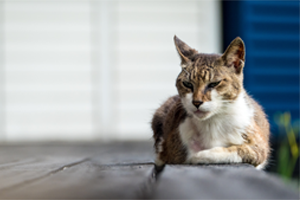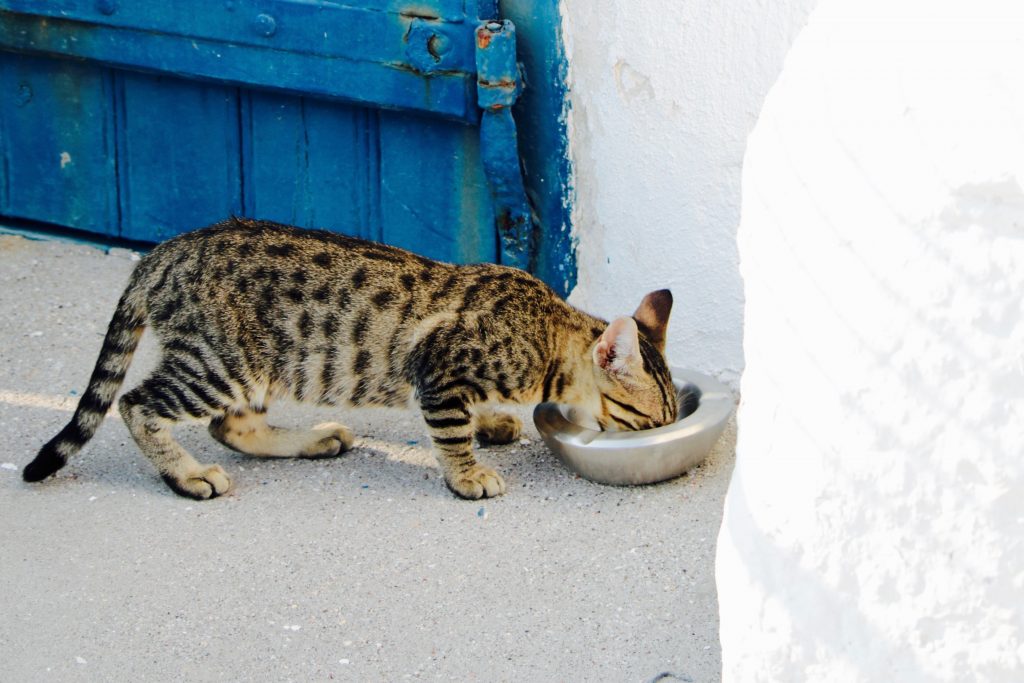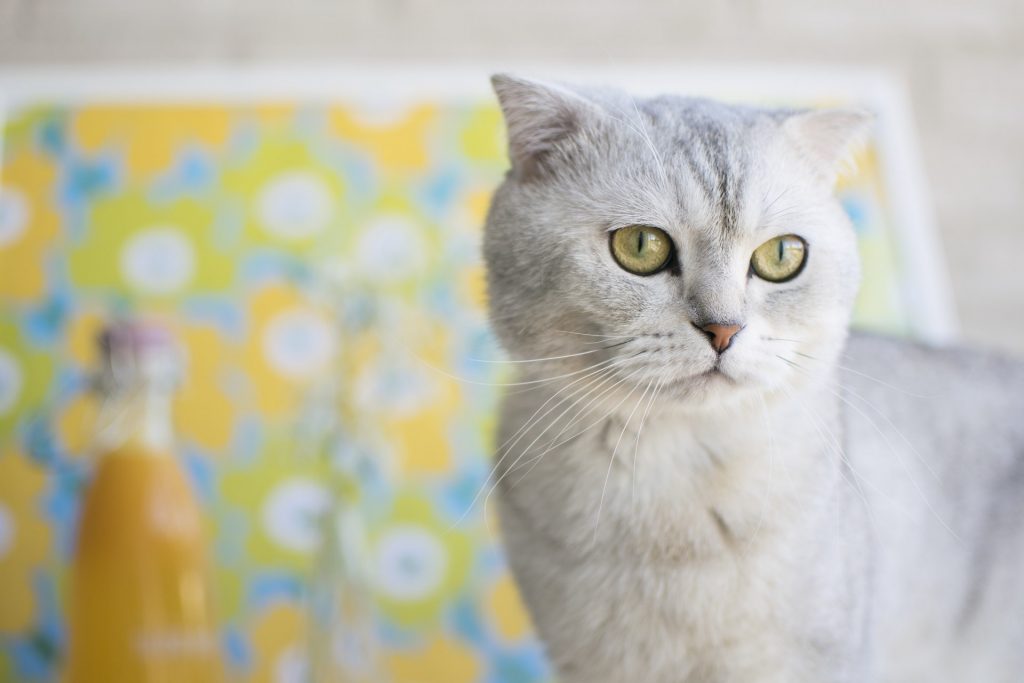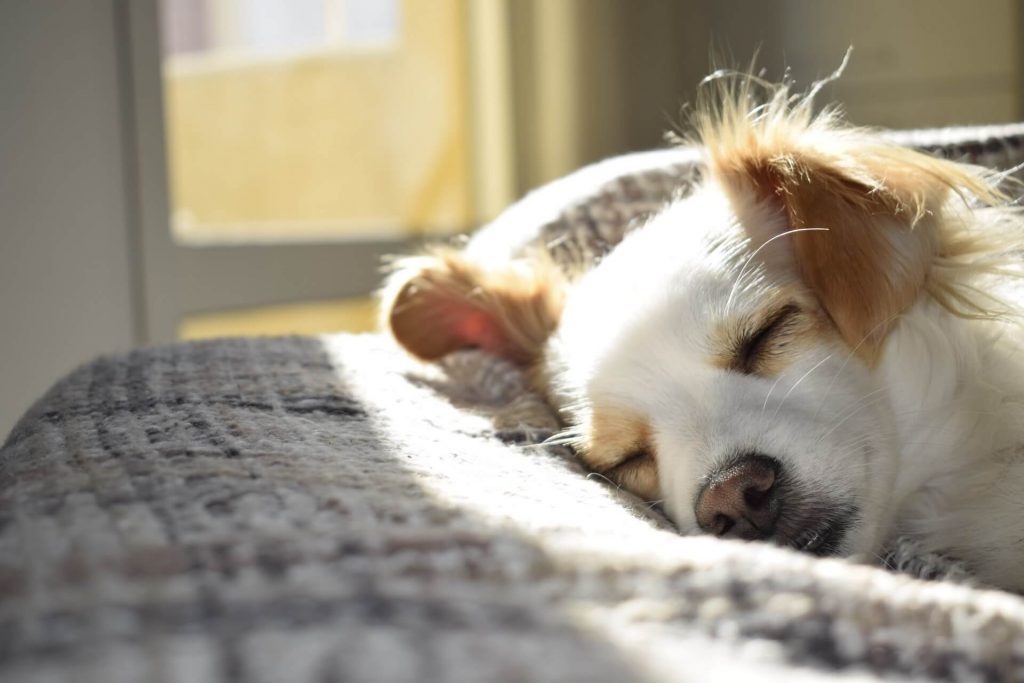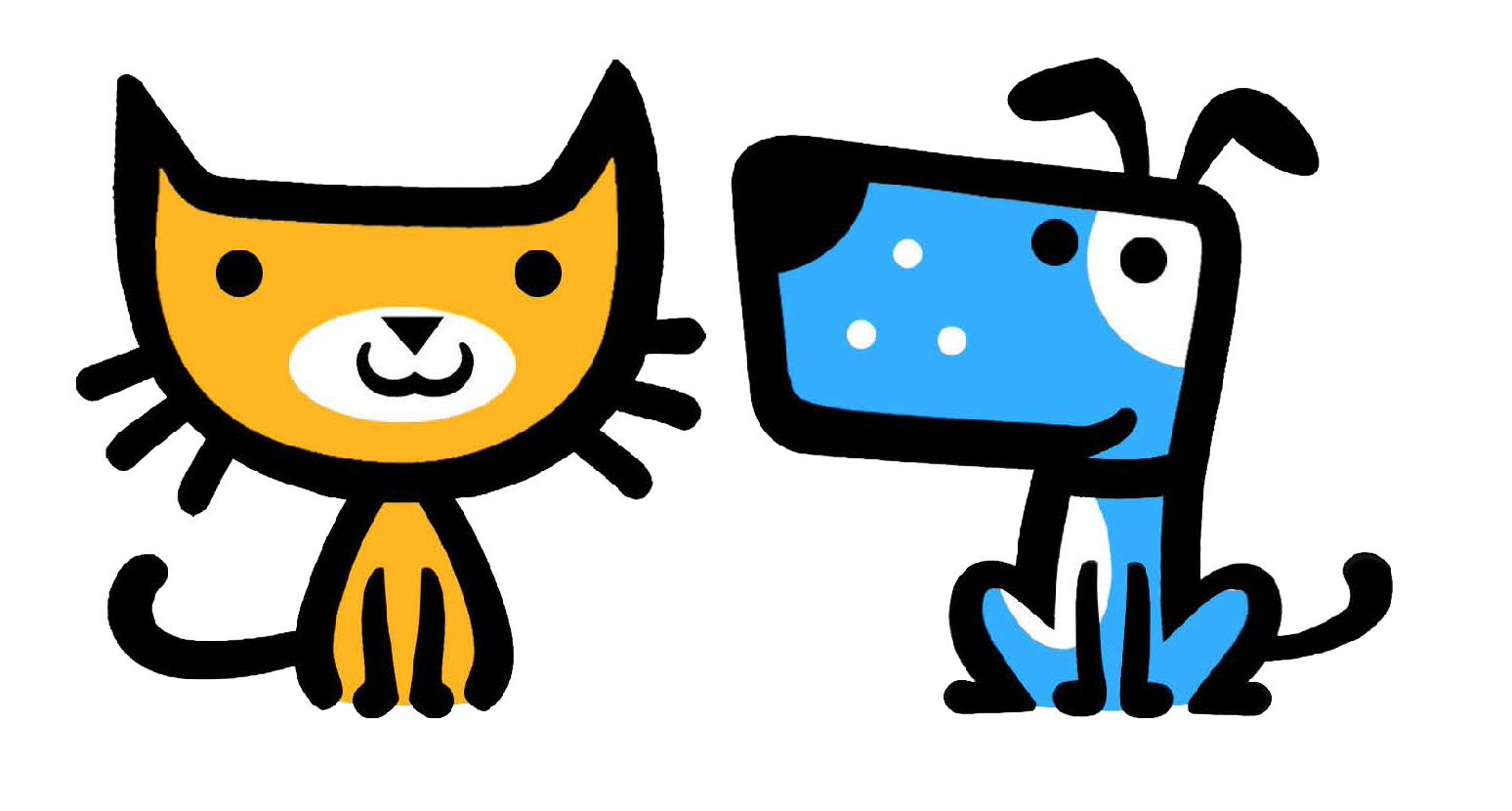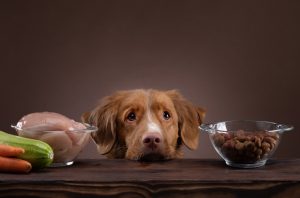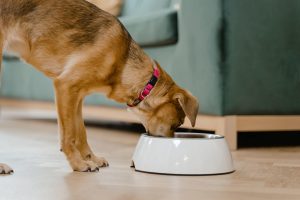Time to read: 5 mins
Healthy feeding tips for your pets
Whether it is a cat or a dog you are feeding they are going to need a healthy amount of food for their lifestyle. Outdoor cats and active dogs will need more food than the indoor cats and house dogs. Their food intake all depends on the pet, their weight, age, breed and size.
Feeding your pets
It is up to you whether you treat your pet to dry or wet food. Fully grown pets typically need to be fed twice a day. If you are feeding them dry food, you can leave it out to be eaten when they want it. Wet food should not be left out as it can go off and attracts flies and insects. Set meals are better for dogs, but cats prefer to graze throughout the day.
When giving your dog treats try breaking them up into smaller portions or reduce the amount you are feeding your dog. This is so they don’t end up eating more than they should. Our pet’s food bowls always need to be washed and clean. Especially if you are a cat owner as they have been known to not eat from a bowl that has not been cleaned. It’s easy to under or over feed your pet and some breeds are more susceptible to faster weight loss and gain than others. For example Siamese cats will gain weight faster than others.
Feeding puppies and kittens
Puppies and kittens are going to require smaller amounts of food but need to be fed more frequently. They are still learning how to eat so you don’t want to give them too much food too quickly. This could stretch their growing stomachs. Feeding young pets in intervals helps their bodies to digest the food as it is in smaller quantities and it helps them to keep their energy levels consistent throughout the day. Older animals need to be fed less, more frequently for the same reason. From the age of 3 months you can start reducing the meals you feed your puppy or kitten during the day. Standard feeding guides in the UK say they require four meals a day from 2 to 3 months, three meals a day from 3 to 6 months then two meals a day from 6 months onwards.
Most kittens do better with ad lib feeding. This means you feed them when they are hungry and not on a schedule as you would with a puppy. This goes back to cats grazing. Follow the advice of your vet around what your pet should be eating and how often as all animals are different.
Changing pet food
When changing your pet’s food from one type to another it is beneficial to gradually change their food instead of changing it in one go. Slowly phase out the old food by mixing it with the new food. This process goes on for about a week. In the beginning of the week there will be a small amount of the new food mixed with the old food. As the days go on, the new food becomes the majority while the old food is lessened. This is to avoid your pet having an upset stomach from a sudden change in food.
Cats in particular can be quite fussy. If they enjoy one brand or type of food, they may not touch anything else if it is not to their liking. Once you find a food that works for you and your cat, stick to it. Changing your cat’s food too frequently could result in them getting sick and having an upset stomach.
Clean and fresh water
Our pets need clean and fresh water throughout the day. This is to keep them hydrated and to allow their body to perform basic bodily functions.
Contrary to popular belief, most cats are lactose intolerant, and they will be better off with some water. With the exception of Bengals – who love water – it’s not always easy to get your cat to drink from a water bowl. This is where wet pet food comes in. It has water in it which allows them to stay hydrated through food rather than drink. If you’re only feeding your cat dry food, then having a water bowl present is important. Ensure your pets water bowl is always clean and topped up. Keep your cats water bowls away from food bowls as they are less likely to drink close to where they eat.
What our pets eat is very important to their health. We don’t want to over or under feed them. If you are unsure about what to feed your pets and how much, give our registered vet nurses a call on the Scratch and Patch Careline and they can answer any questions you may have.
Related articles
Can you feed human food to dogs?


